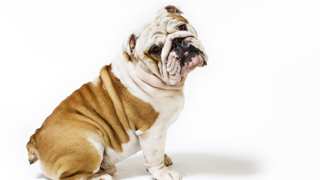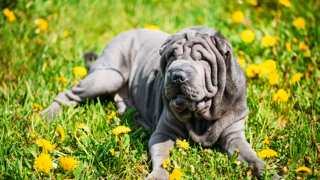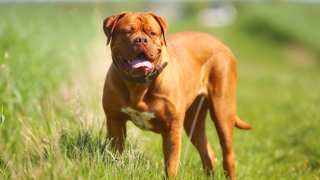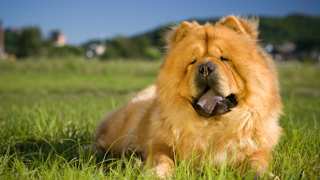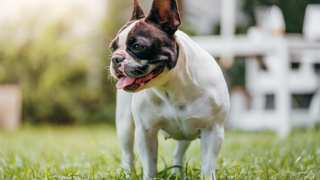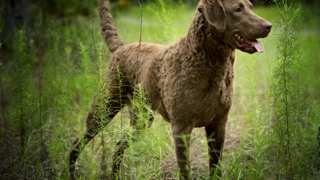The topic of English bulldogs shedding and drooling is a significant one. This breed tends to not shed much, but make no doubt: the Bulldog sheds. It may be a little, it may be a lot, and it may be in between. As for drooling, this is more common and is often in copious amounts. Drooling may simply seem gross, but it releases allergens in the same way as dander does via shedding.
English Bulldog drool is perhaps worse than shedding as it often can't be seen when and where it pools, soaks your furniture, or simply dries up — but the allergens are nonetheless left behind. There's often not much you can do about drooling as it tends to be caused somewhat by the Bully's brachycephaly. You can help prevent the problems caused by English Bulldog slobber, however, by proper grooming. A daily cleansing of the facial wrinkles is important. Cotton balls and tea tree oil will do the trick. General human soaps should be avoided, as they can cause problems for dogs. Ideally, it's a daily task to take a minute or two to clean and dry your dog's facial wrinkles, but at least twice a week will do in a pinch. A mat under the food and water bowls will help prevent excessive spillage. Taking the time to teach them that they should retire to just one place after eating may help too. Pets often groom themselves after eating and drinking, and this can increase dander and allergens if this is done on furniture.
Shedding may not seem to be a problem, for even when it's heavy, the hairs tend to be short, light, and small. Still, the hair carries allergens, and if you prefer dark clothes or have darkly colored furniture, carpeting, or floors, it will be visible as well. As puppies, Bullies tend to shed more. With maturity, there tends to be less shedding unless there is a problem in their diet, health, or some other factor that can be changed. Proper grooming will greatly reduce shedding issues. For Bulldogs, a bit of daily brushing and a bath every 4-6 weeks tends to help prevent excessive shedding. If basic grooming fails to resolve a bad shedding issue, you may want to look into the diet or perhaps even make a trip to the vet. Something as simple as changing to a grain-free diet may help, but it might also be an environmental issue or something such as mites or other parasites.

